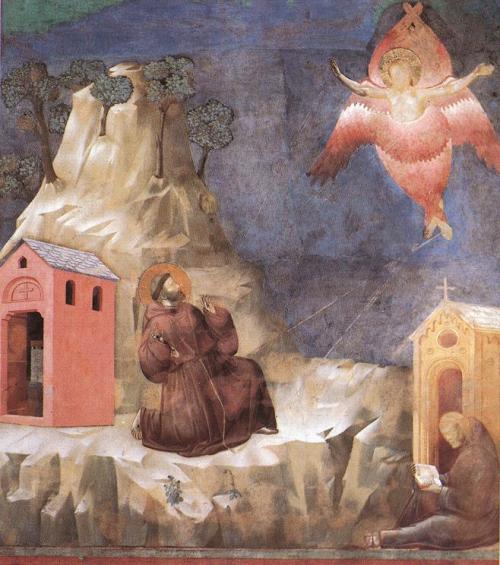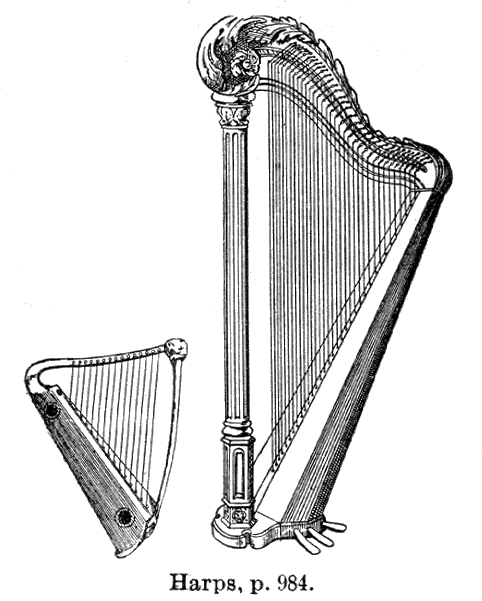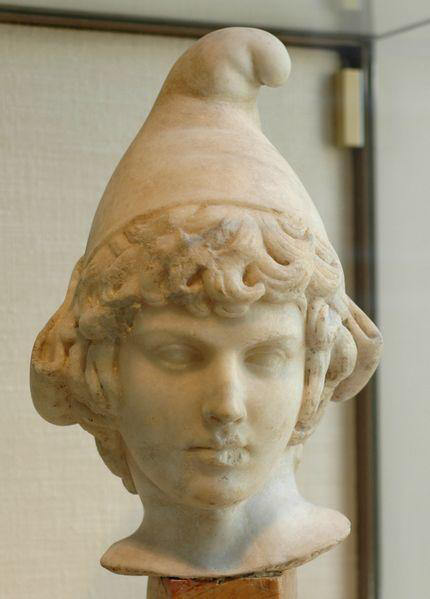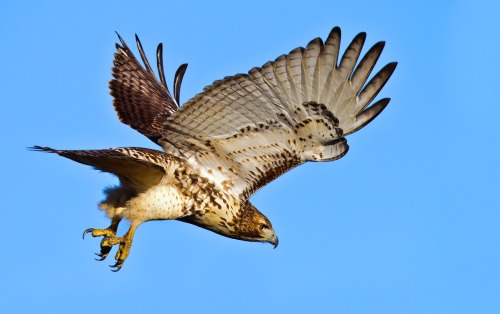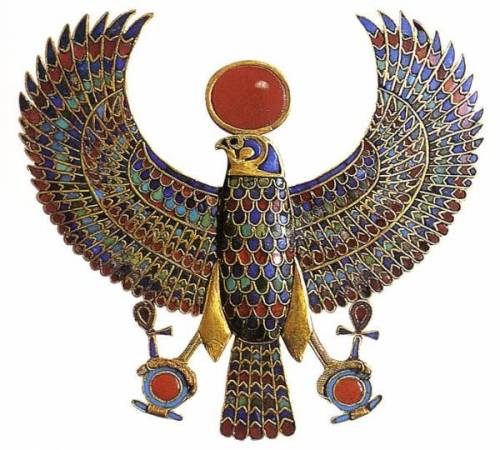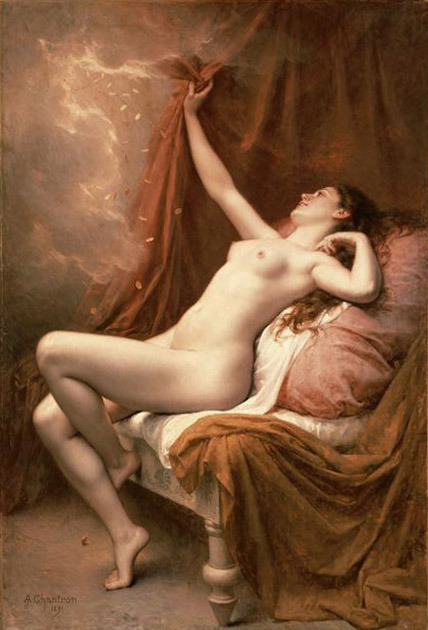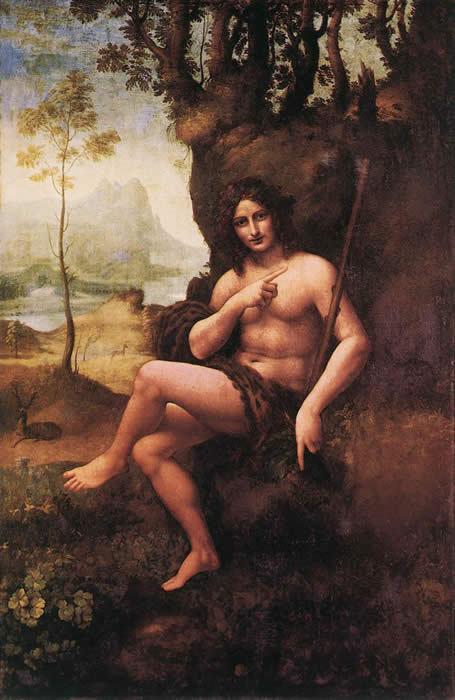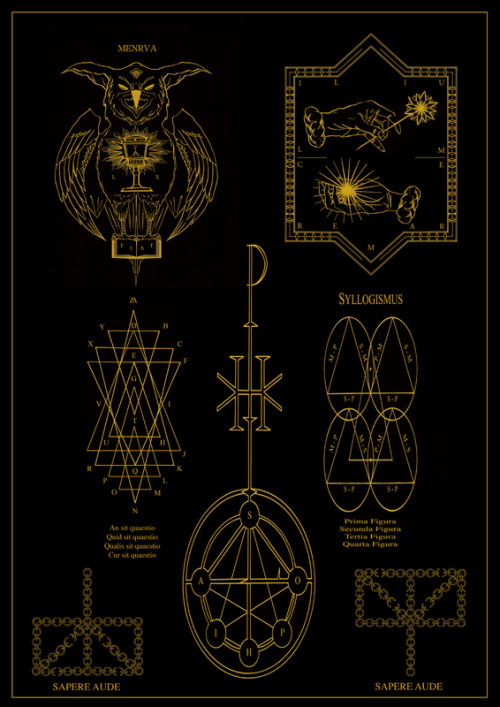#metaphysics
Celestiteis a subtle expander of consciousness. It provides the energy to co-create with celestial realms. It provides openness and expansion of one’s consciousnesss, lifting the boundaries of awareness to greater expansion, giving one the ability to articluate messages from the higher realms.The result will be more spontaneous understanding of higher spiritual aspirations. Celestite acts as a companion in endevours of spiritual expansion. It is a bringer of peace and serentity to mental activity. Celestite’s blue ray stabilizes the opening and functioning of the Third Eye.
Placing a piece of Celestite by your bed at night will assist in the recollection of out of body experiences, visualizations and dreams.
Metaphysical:
Primary Chakra: Throat, Third Eye, Crown, Higher Crown
Astrological sign(s): Gemini, Libra
Vibration: Number 2 & 8
Post link
Amethyst and moon mirror, now available!
https://www.etsy.com/listing/183223828/mirror-pendant-amethyst-necklace-charm?ref=shop_home_active_6
Post link
Seraphim
Divine love; divine heat; the fervour of devotion, ‘the fire of charity’ (Dante).
In Isaiah it is stated: 'Each had six wings, with twain he covered his face, with twain he covered his feet and with twain he did fly.’
In Heraldry, a seraph’s head is depicted as that of a child, as purity, with three pairs of wins.
The highest of the nine orders of angels.
[Source: An Illustrated Encyclopedia of Traditional Symbols by J.C. Cooper]
Post link
OWL
Ambivalent as the bird of wisdom and of darkness and death.
Amerindian: Wisdom; divination
Celtic: Chthonic; ‘the night hag’; the 'corpse bird’.
Chinese: Evil; crime; death; horror; ungrateful children.
Christian: Satan; the powers of darkness; solitude; mourning; desolation; bad news. The call of the owl is the 'song of death’. The owl was used to depict Jews who preferred the darkness to the light of the gospel.
Egyptian: Death; night; coldness.
Graeco-Roman: The screed owl symbolized wisdom and was sacred to Athena/Minerva. The owl was an attribute of the Etruscan god of darkness and of Night.
Hebrew:Blindness.
Hindu: Emblem of Yama, god of the dead.
Japanese: Death; ill omen.
Mexican: Night; death.
[Source: An Illustrated Encyclopedia of Traditional Symbols by J.C. Cooper]
Post link
Lizard
A lunar creature; the humid principle; believed to be tongueless and subsist on dew, the lizard was a symbol of silence.
In Egyptian and Greek symbolism, it represented divine wisdom and good fortune and was an attribute of Serapis and Hermes; in Zoroastrianism it was a symbol of Ahriman and evil.
In Christianity it is also evil and the Devil. The lizard is an attribute of Sabazios and usually appears on the hand of Sabazios.
In Roman mythology it was supposed to sleep through the winter and so symbolized death and resurrection. The lizard Tarrotarro is an aboriginal Australian culture hero.
[Source: An Illustrated Encyclopedia of Traditional Symbols by J.C. Cooper]
Post link
Harp
Shares the symbolism of the ladder as leading to the next world. The harpist is Death. An emblem of King David in the Old Testament, and of Wales, and an attribute of Dagda, the Celtic fire god, who calls up the seasons and whose playing originally brought about the change of the seasons.
[Source: An Illustrated Encyclopedia of Traditional Symbols by J.C. Cooper]
Post link
Ivy
Like all evergreens, the ivy is immortality and eternal life; it is also revelry; clinging dependence; attachment; constant affection; friendship.
Christian: Everlasting life; death and immortality; fidelity.
Egyptian: ‘The plant of Osiris’, immortality.
Greek: Sacred to Dionysos who is crowned with ivy and whose cup is an 'ivy cup’; his thyrsus is encircled with ivy and one of his emblems is a post sprouting ivy leaves.
Semetic: Sacred to the Phrygian Attis; immortality. The ivy-leaf is phallic, depicting the male trinity.
[Source: An Illustrated Encyclopedia of Traditional Symbols by J.C. Cooper]
Post link
Hawk
A solar bird with much the same symbolism as the eagle; it is an attribute of all sun gods and represents the heavens; power; royalty; nobility.
Like the eagle, it was regarded as being able to fly up to the sun and gaze on it without flinching.
Gods with a hawk, or hawk-headed, are sun gods.
Aztec: A messenger of the gods.
Egyptian: The royal bird; the Spirit; the soul; inspiration; the Bird of Khensu; Ra, the sun. Other gods with hawks, or hawk-headed, are Ptah, Horus, Mentu, Rehu, Sokar, Kebhsenuf. The hawk-headed crocodile is Sebek-Ra; the sphinx is sometimes hawk-headed. The hawk is also an emblem of Amenti, Great Mother and goddess of the West and the underworld.
Graeco-Roman: The ‘swift messenger of Apollo’; attribute of Circe.
Hindu: Gayatri, the hawk, brought soma from heaven. The hawk is also a vehicle of Indra.
Iranian: An attribute of Ahura Maxza, or Ormuzd, as light.
Mithraic: An attribute of Mithra as sun god.
[Source: An Illustrated Encyclopedia of Traditional Symbols by J.C. Cooper]
Post link
“So Danae endured, the beautiful,
To change the glad daylight for brass-bound walls,
And in that chamber secret as the grave,
She lived a prisoner.
Yet to her came Zeus in the golden rain.”
[Source: Mythology, Timeless Tales of Gods and Heroes by Edith Hamilton]
Post link
“Endymion the shepherd,
As his flock he guarded,
She, the Moon, Selene,
Saw him, loved him, sought him,
Coming down from heaven
To the glade on Latmus,
Kissed him, lay beside him.
Blessed is his fortune.
Evermore he slumbers,
Tossing not nor turning,
Endymion the shepherd.”
From the third-century poet Theocritus.
[Source: Mythology, Timeless Tales of Gods and Heroes by Edith Hamilton]
Post link
“O Bacchanals, come,
Oh, come!
Sing Dionysus,
Sing to the trimbel,
The deep-voiced trimbel!
Joyfully praise him,
Him who brings joy!
Holy, all holy
Music is calling!
To the hills, to the hills,
Fly, O Bacchanal
Swift of foot!
On, O joyful, be fleet!”
[Source: Mythology, Timeless Tales of Gods and Heroes by Edith Hamilton]
Post link
A Very Short Fact: On this day in 1920, Austrian philosopher Alexius Meinong died. Meinong was known for his unique ontology, which claimed that everything that the universe contains everything that can be thought (even contradictions!) even if those things don’t exist, but merely “subsist.”
“Consider the proposition ‘the present king of France is wise’. This is perfectly meaningful, and because it is so it seems natural to ask whether it is true or false. And to this there seems an equally natural answer. There is no king of France at present; the subject term fails to refer to anything. Therefore, it seems that the proposition should be considered false. But there is a problem here, concerning how to demonstrate why it is false. This is because if in normal circumstances we say of something (call it ‘x’) that x is wise, the proposition ‘x is wise’ will be true if x is wise, and false if x is not wise. But what if there is no x? How can we say of something that does not exist that it either is or is not wise?
Initially Russell accepted a solution to this puzzle which had been proposed by the nineteenth‐century philosopher Alexius Meinong. This solution was to say that every expression with a referring or denoting function in a sentence does denote something, either an actually existing item, as with the table in ‘the table is brown’, or a ‘subsisting’ item, where by ‘subsistence’ is meant non‐actual existence – a kind of real but half or ‘courtesy’ existence. On this view, the universe contains everything that can be thought or talked about, including the present king of France; but only some of what the universe contains is actually existent. Accordingly the descriptive phrase ‘the present king of France’ does indeed denote, and what it denotes is a subsistent – that is a real but non‐actual – king of France.” — From ‘Wittgenstein: A Very Short Introduction’ by A.C. Grayling
[Pg. 23 — From ‘Wittgenstein: A Very Short Introduction’ by A.C. Grayling.]
Image via Wikimedia Commons.
Post link
What Plato’s forms tell us about our identity and its attachment to our culture and music
What is it about music exactly which seems to be so profoundly meaningful to each and every one of us? It’s a question which, with a little exploration, will teach us a lot about ourselves and the eternal metaphysical reality we live in.
Watching the BBC show Rhythms of Indiarecently, Richard Widdless interviews an Indian musician about the nature of the composition of Indian classical music.…

What is it about music exactly which seems to be so profoundly meaningful to each and every one of us? It’s a question which, with a little exploration, will teach us a lot about ourselves and the eternal metaphysical reality we live in.
Watching the BBC show Rhythms of Indiarecently, Richard Widdless interviews an Indian musician about the nature of the composition of Indian classical music.…
The Sources of Plato’s Opinions-Russell’s History of Western Philosophy, chapter by chapter- (13)

This is a short post, and in it Russell outlines the areas of Plato he is going to discuss, whilst also explaining the thoughts which influenced Plato’s personal philosophy.
He tells us that Plato was born 428/7 BCE in the early years of the Peloponnesian war. He came from an aristocratic family and despised democracy. There were two main reasons for this, the first of which is that he attributed…
The Atomists- Russell’s History of Western Philosophy, chapter by chapter- (9)

The Atomists were a fascinating group of philosophers. We have seen the eminence of Greek scientists in various scientific discoveries in the past several chapters, but the Atomists are possibly the most surprising. Pertaining to their namesake, the Atomists built a science and philosophy around the positing of atoms to build up the world. The world was made from two things, atoms and void.
Russe…





